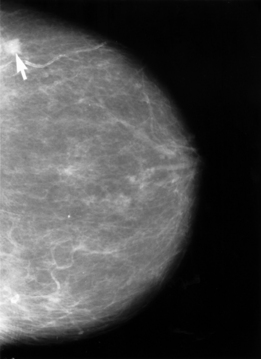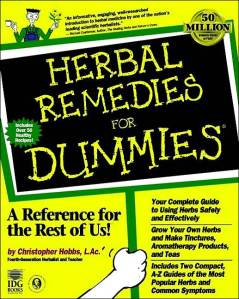
It is a triumph of marketing over evidence that millions take supplements every day. There is no question we need vitamins in our diet to live. But do we need vitamin supplements? It’s not so clear. There is evidence that our diets, even in developed countries, can be deficient in some micronutrients. But there’s also a lack of evidence to demonstrate that routine supplementation is beneficial. And there’s no convincing evidence that supplementing vitamins in the absence of deficiency is beneficial. Studies of supplements suggest that most vitamins are useless at best and harmful at worst. Yet the sales of vitamins seem completely immune to negative publicity. One negative clinical trial can kill a drug, but vitamins retain an aura of wellness, even as the evidence accumulates that they may not offer any meaningful health benefits. So why do so many buy supplements? As I’ve said before, vitamins are magic. Or more accurately, we believe this to be the case.
There can be many reasons for taking vitamins but one of the most popular I hear is “insurance” which is effectively primary prevention – taking a supplement in the absence of a confirmed deficiency or medical need with the belief we’re better off for taking it. A survey backs this up – 48% reported “to improve overall health” as the primary reason for taking vitamins. Yes, there is some vitamin and supplement use that is appropriate and science-based: Vitamin D deficiencies can occur, particularly in northern climates. Folic acid supplements during pregnancy can reduce the risk of neural tube defects. Vitamin B12 supplementation is often justified in the elderly. But what about in the absence of any clear medical need? Continue reading




 One of my first encounters with “alternative” health was the “pH balance” idea. A customer approached me at the pharmacy counter and asked for “pH test strips.” I asked him about kidney stones, diabetes – the usual reasons you test your urine. He told me he was healthy, and he was just monitoring his body’s “acid balance” and that he kept his body “alkali” to be healthy. “You can’t change your body’s pH, sir – if your pH changes, you’ll die,” I explained, in my most reassuring pharmacist voice. “You don’t know what you’re talking about,” he snapped at me, “I adjust my pH all the time.” I handed over the urine testing strips, rang it into the cash register, and wondered, what is this guy talking about? Where did he get the idea he could manipulate his body’s acidity?
One of my first encounters with “alternative” health was the “pH balance” idea. A customer approached me at the pharmacy counter and asked for “pH test strips.” I asked him about kidney stones, diabetes – the usual reasons you test your urine. He told me he was healthy, and he was just monitoring his body’s “acid balance” and that he kept his body “alkali” to be healthy. “You can’t change your body’s pH, sir – if your pH changes, you’ll die,” I explained, in my most reassuring pharmacist voice. “You don’t know what you’re talking about,” he snapped at me, “I adjust my pH all the time.” I handed over the urine testing strips, rang it into the cash register, and wondered, what is this guy talking about? Where did he get the idea he could manipulate his body’s acidity? 
You must be logged in to post a comment.